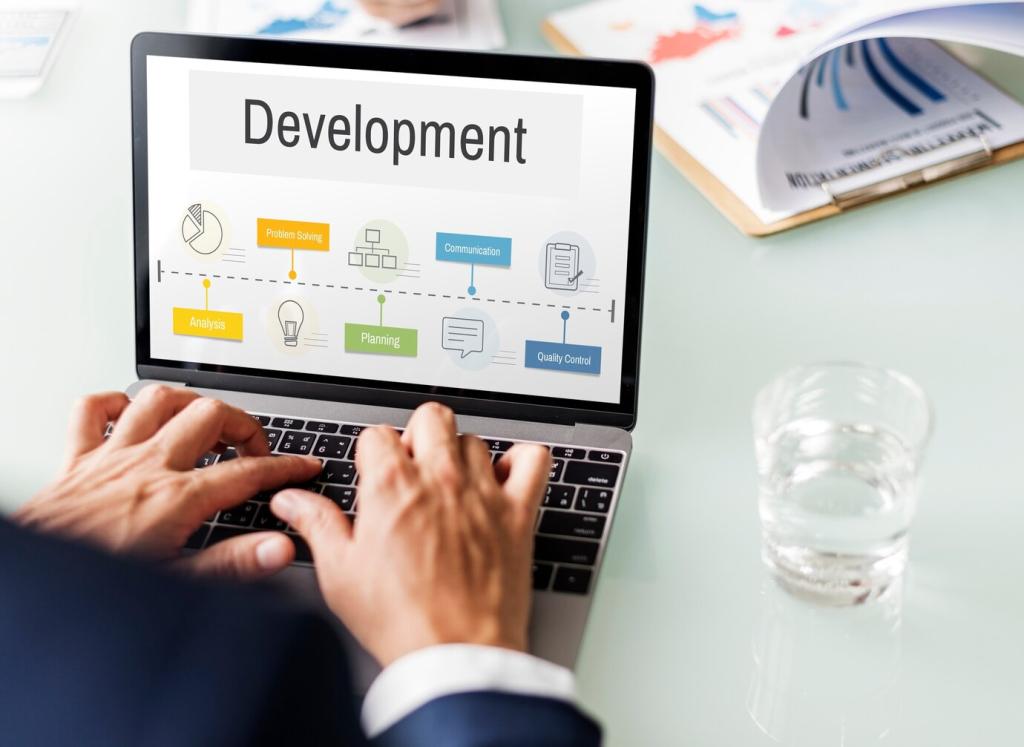Collaboration Across Roles and Time Zones
Adopt a shared definition of ready: annotated designs, tracked assumptions, and sample datasets. Run a 20-minute pre-handoff walkthrough to surface risks. Teams report fewer late surprises and a friendlier feedback loop that saves days, not minutes.
Collaboration Across Roles and Time Zones
Replace blame with curiosity. Ask, “What made this the reasonable choice at the time?” Then co-create a small experiment to improve. Safety isn’t softness—it’s speed, because people surface issues early. Invite teammates to challenge your assumptions openly.





